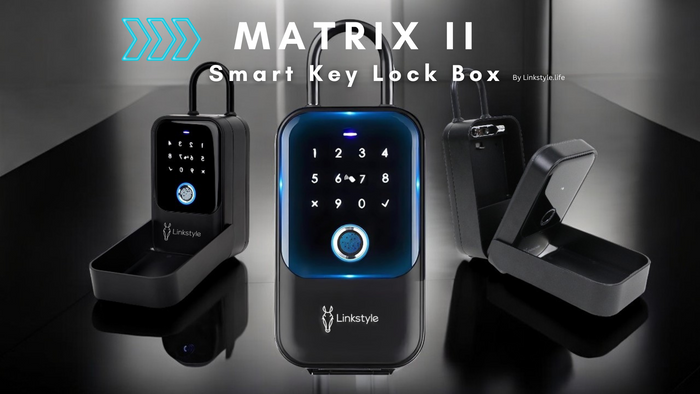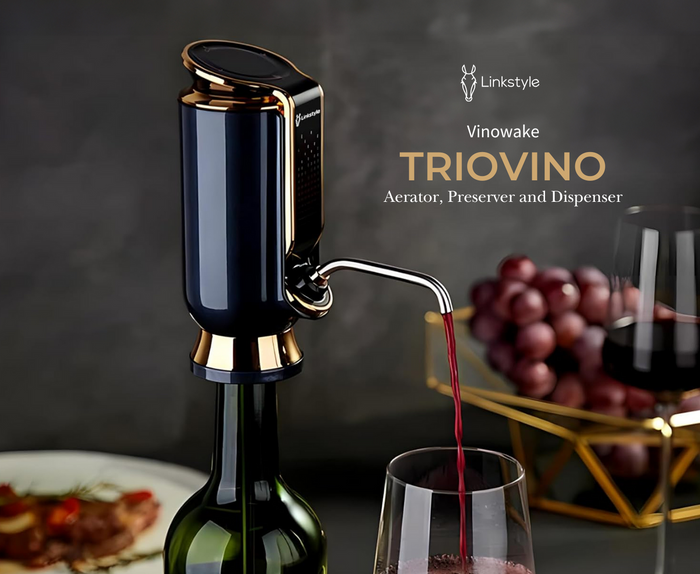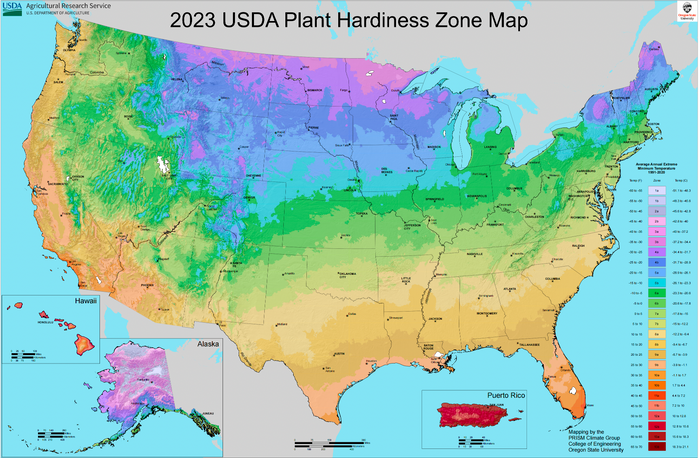Maximizing Home Security: How the Matrix II Protects Your Valuables

In an increasingly connected world, protecting physical assets, especially keys and access cards, requires a solution that blends robust security with smart technology. The Linkstyle Matrix II Smart Key Lock Box offers an innovative approach to key management, maximizing your home security through multiple layers of access control and remote monitoring capabilities.

Here is how the Matrix II works to protect your valuables and streamline access.
The Matrix II doesn't rely on a single method of entry, significantly enhancing security by offering multiple, unique ways to unlock the box. And allowing remote passcode creation and access with the option of using wifi or just the Linkstyle App.
• Fingerprint Recognition: For quick and secure personal access, the Matrix II allows you to add user fingerprints. The process involves pressing the finger 5 times to successfully capture the print.
• Digital Passcodes: You can utilize a digital keypad to access the lock box. The device can store up to 200 unique passcodes.
◦ Permanent Codes: These include administrative and member codes, which are permanent and allow access without needing the Linkstyle app open.
◦ Temporary Codes: These are ideal for short-term guests, renters, or contractors. Temporary codes (excluding 'Custom') can be generated remotely via the free Linkstyle App's cloud service, even when the device is offline or out of Bluetooth range.
◦ Custom Codes require the lock box to be within Bluetooth range or paired with the Nexohub gateway for remote creation. This allows you to create a customer passcode as well as Start and End times for the code to be valid along with a repeating schedule if necessary. Great option for cleaning crews, after hours support teams or hourly workers for a business.
• User Cards (NFC/Tap): The system also supports the addition of custom Linkstyle.Life user cards for access. Every Matrix II package includes 3 user cards, more are available for purchase online.
• Physical Keys: For ultimate backup security, each Matrix II is equipped with 1 pair of unique physical keys. Copies of these keys are not readily available, adding an extra layer of protection against unauthorized duplication.
• Remote Unlock: Unlock the Matrix II from your LInkstyle app when in bluetooth range or when the Matrix II is paired to a Nexohub gateway for full remote access from anywhere in the world

Smart Management with the Linkstyle App
The free Linkstyle app serves as your command center for the Matrix II, allowing for efficient management and greater control over who accesses your keys. Available on the Google or Apple stores for your mobile device. (Not available for computer OS)
• Bluetooth Pairing: You initially connect the Matrix II to your mobile device via Bluetooth to register an account and set up permanent admin passcodes, fingerprints or keycards. You can create temporary passcodes while offline from anywhere after the initial pairing.
• User Management: Through the app, you can easily manage users, create permanent codes for administrators, and manually delete member codes.
• Flexible Access Scheduling: The app allows you to share access to the key box either permanently or temporarily. Temporary passcodes are specifically recommended for temporary guests like renters or contractors.
Extra Features Available when adding the Nexohub Gateway - Remote Control and Real-Time Notifications
For extra security and control the Matrix II can be paired with the Nexohub Gateway. This pairing enables powerful remote functionality:
• Remote Unlock: Unlock the Matrix II even when you are away from home.
• Member Management: Manage user access permissions remotely.
• Real-Time Notifications: Receive instant updates regarding the use of your lock box, providing peace of mind.

Practical Installation and Reliability
The physical design and operation of the Matrix II support its use in various settings.
• Flexible Mounting Options: You can choose to mount the device permanently to a wall using provided screws and anchors, or you can use the shackle to hang the device. The shackle is removable for flexible placement.

• Emergency Power Backup: If the main batteries (4 x AAA) are depleted, the device features an emergency USB-C power source connector, allowing you to jumpstart the device to change the batteries.

• Reliable Support: Linkstyle provides a standard one (1) year warranty covering defects in materials and workmanship under regular conditions along with a lifetime of technical support, available by phone, or email.


By integrating smart technologies like fingerprint recognition, remote access via the Nexohub, and multiple passcode options with physical key backup, the Matrix II provides a comprehensive security solution for protecting your keys, access cards, and other small valuable items.




